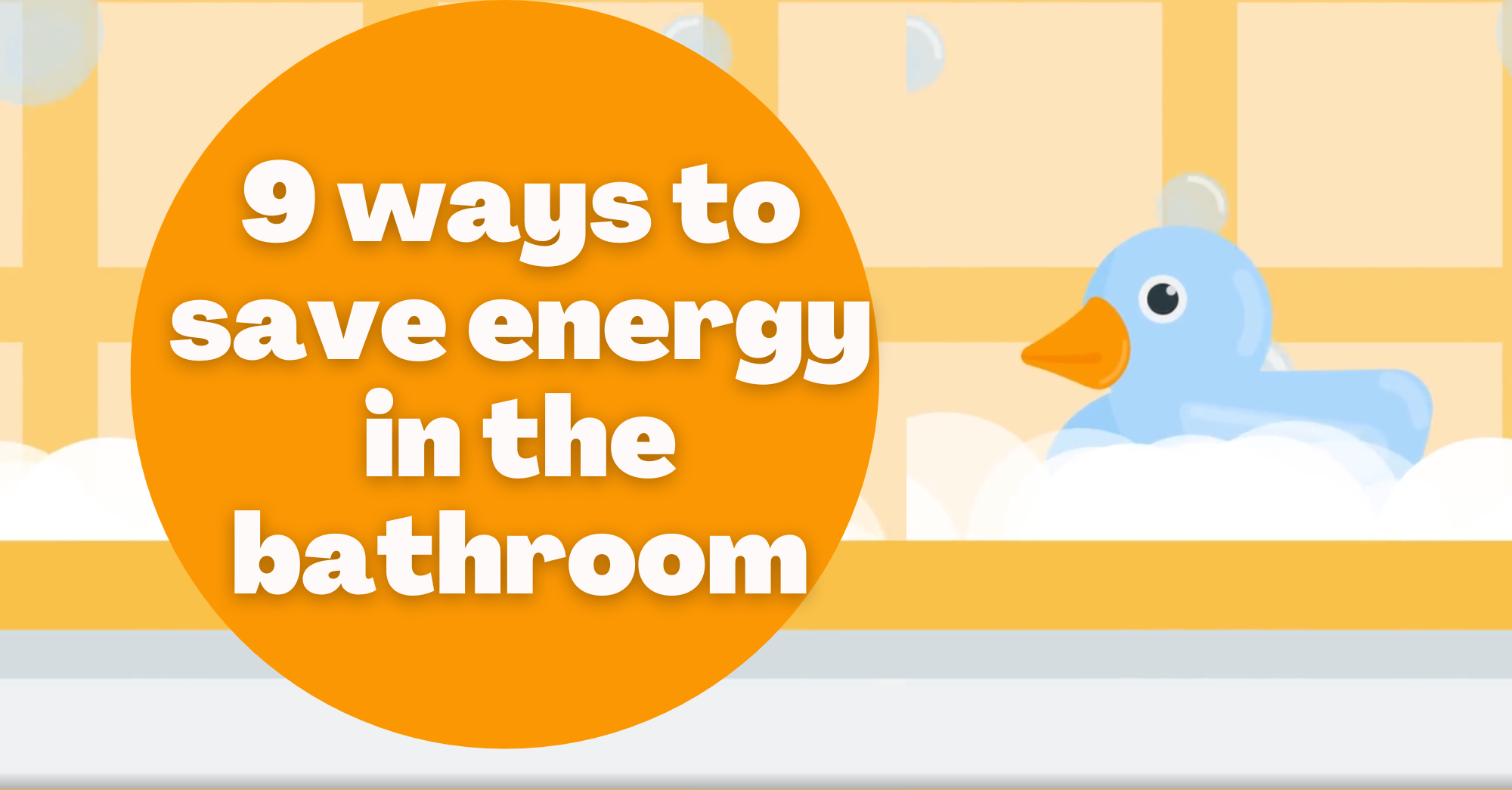Energy prices have, unfortunately, rarely been higher. While we are beginning to see some signs of relief with reduced wholesale costs alongside government support schemes and energy price guarantee, bills are still projected to be higher than those in years prior.
With this in mind, it’s in your budget’s best interest to make savings where possible—including in those places where you might be accidentally wasting heating, or using more than necessary. The bathroom is one such place where we use lots of heating, specifically in our water, and sometimes we can misjudge the level of energy (and money!) we are using.
In this article we look at key areas within the bathroom where we might shave off energy consumption and add on savings, instead:
1. Cut down on shower times
Our showers are fantastic inventions of modern technology—and can also be quite energy-intensive, depending on how much you use them. A standard 10-minute shower can use 150 litres of water, 5.76 kilowatts of energy, and this roughly equates to a cost between £0.69 and £1.88 every time you shower. Multiply this by various family members, multiple times during the week (if not everyday!) and this can certainly add up.

You can cut down on shower times by trying a few of these tips:
- Set a timer to about 4 minutes so that when it goes off, you have to finish up and get out of the shower to turn it off.
- Choose one or two songs which roughly add up to 5-6 minutes. You can better time yourself by the length of the song, and make the process more fun, too!
- Turn off the water entirely if you are shaving, adding conditioner, or other tasks which don’t require immediate rinsing.
2. Consider changing your shower head
This tip requires some upfront spend before you start to save. Basically, not all shower heads are created equally—in fact, some are high-pressure, high-volume heads, and will use more water than others. More water, in this case, means more heating of that water. With this in mind, you can find aerated shower heads, which maintain good pressure while reducing the amount of water actually used. They cost anything from £10 to £30, and can include features like water purifying, if you want an extra fancy shower.
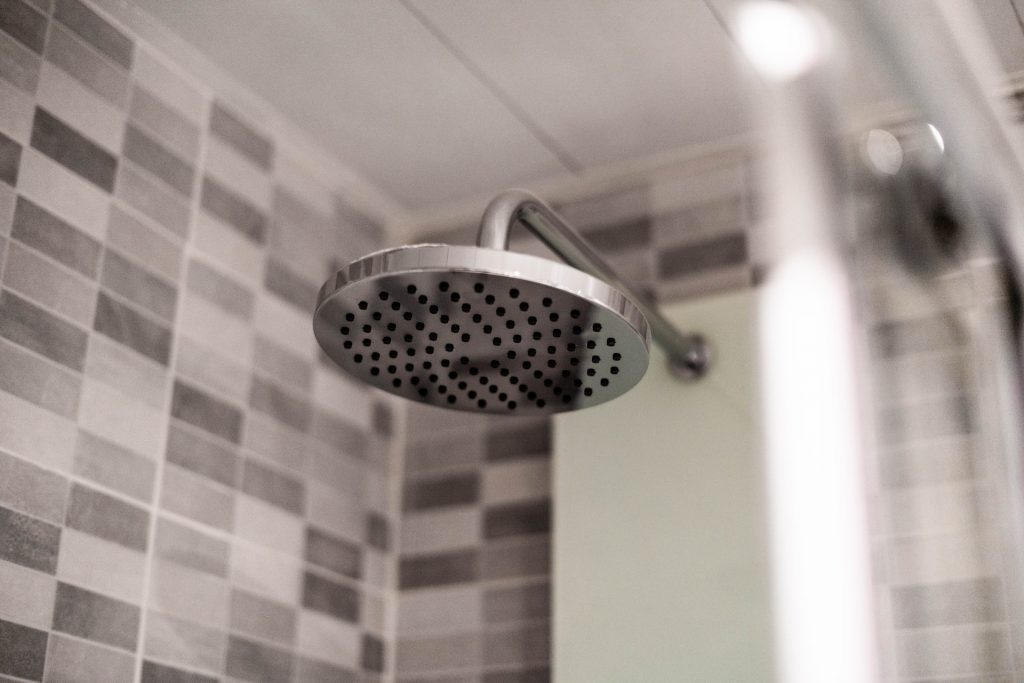
3. Use a bath instead of a shower for more indulgent cleans
Sometimes, you need a good long wash, and in these cases, we’d suggest you just get in the bath instead. While the bath seems like it would use more hot water than the shower, the maths would disagree. As we mentioned earlier, a standard 10 minute shower can use 150 litres of heated water. Compared with a bath, which requires anything between 100 and 200 litres, depending on the size of your bath, this can be the more efficient option if you intend on washing for longer than 10 minutes. In short, long indulgent showers should probably be swapped for relaxing bubble baths instead if you plan to save on water and heat.
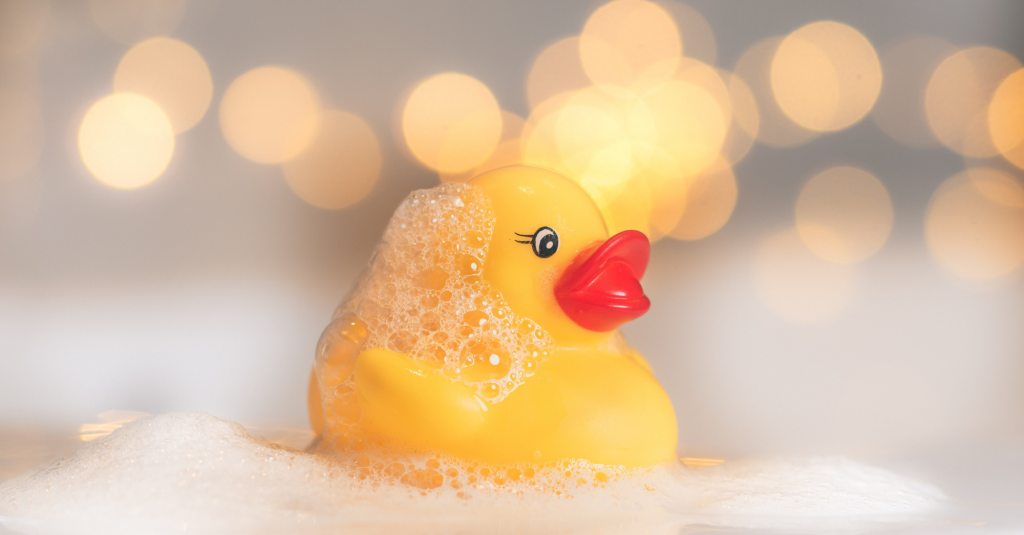
4. Reduce heat of shower where possible
We’re not suggesting you take cold showers (although, these have been proven to have some health and concentration benefits—if you’re brave enough!) but rather to keep in mind that you are paying to heat the water you’re using. Heating it to a lower temperature will save on energy and money. This may be an especially useful tip if you are often a victim of the post-shower lobster look!
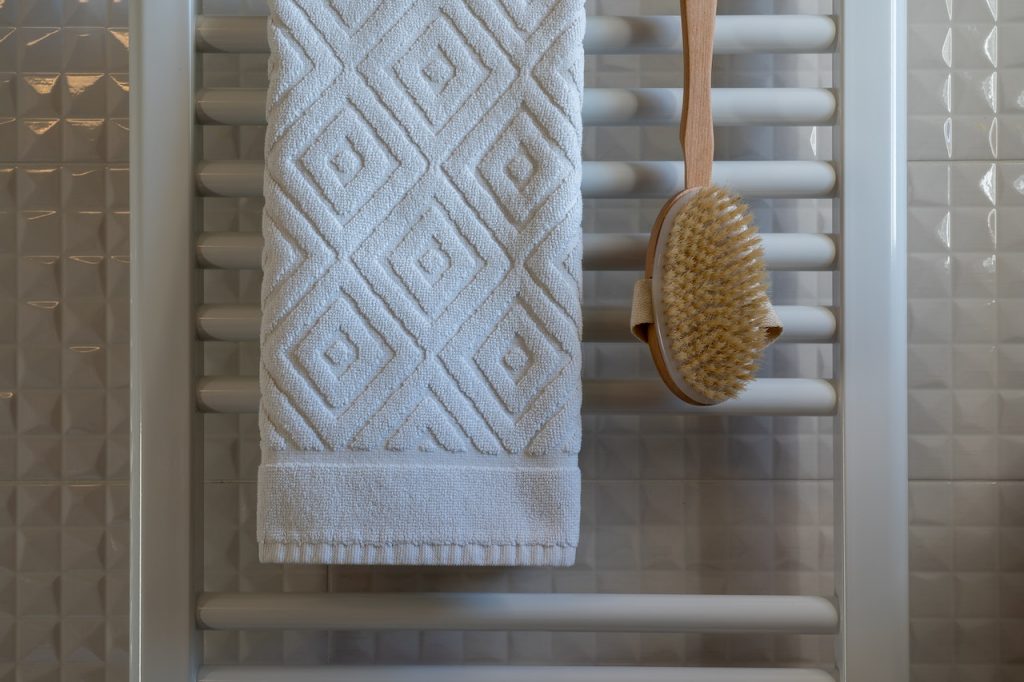
5. Use cold water where you can
Again, we’re not suggesting you should bathe in cold water—but could you save on heating by washing your hands in it? Small, quick tasks like washing your hands, brushing your teeth, rinsing your face or makeup cleanser can be done with cooler if not cold water in order to save small amounts of energy and cost.
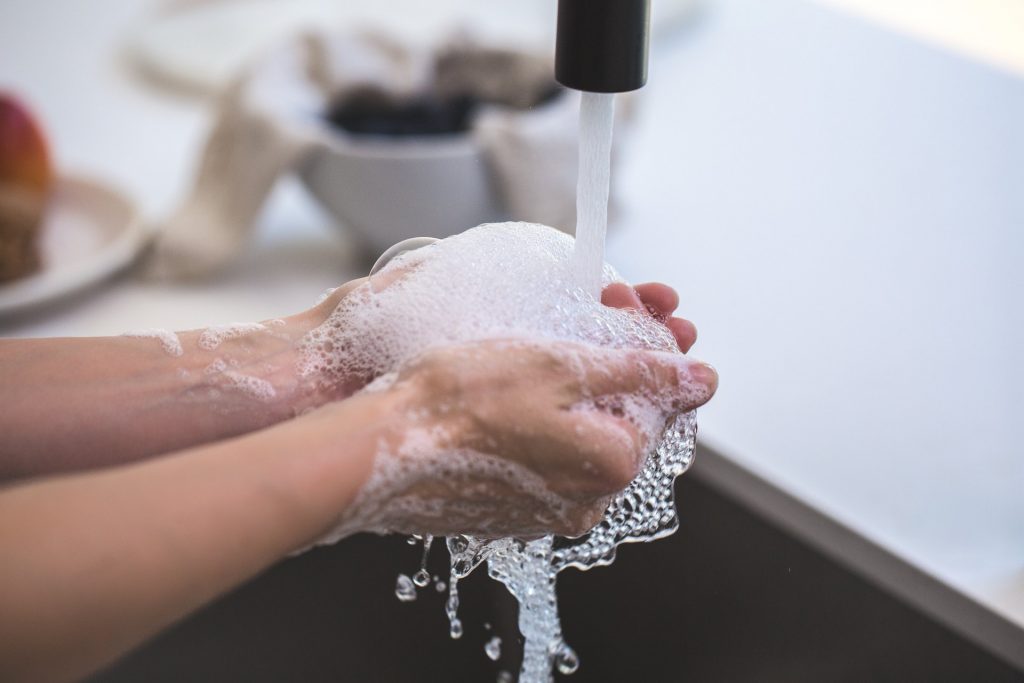
6. Insulate your hot water tank
Speaking of water, you should make efforts to keep the water you have warmer for longer. According to Energy Saving Trust, a hot water tank jacket costs around £16 and is relatively simple to fit by yourself, if you follow the manufacturer’s instructions properly. In fact, they estimate that increasing your water tank’s insulation from 25mm to 80mm could save a household around £65 a year.
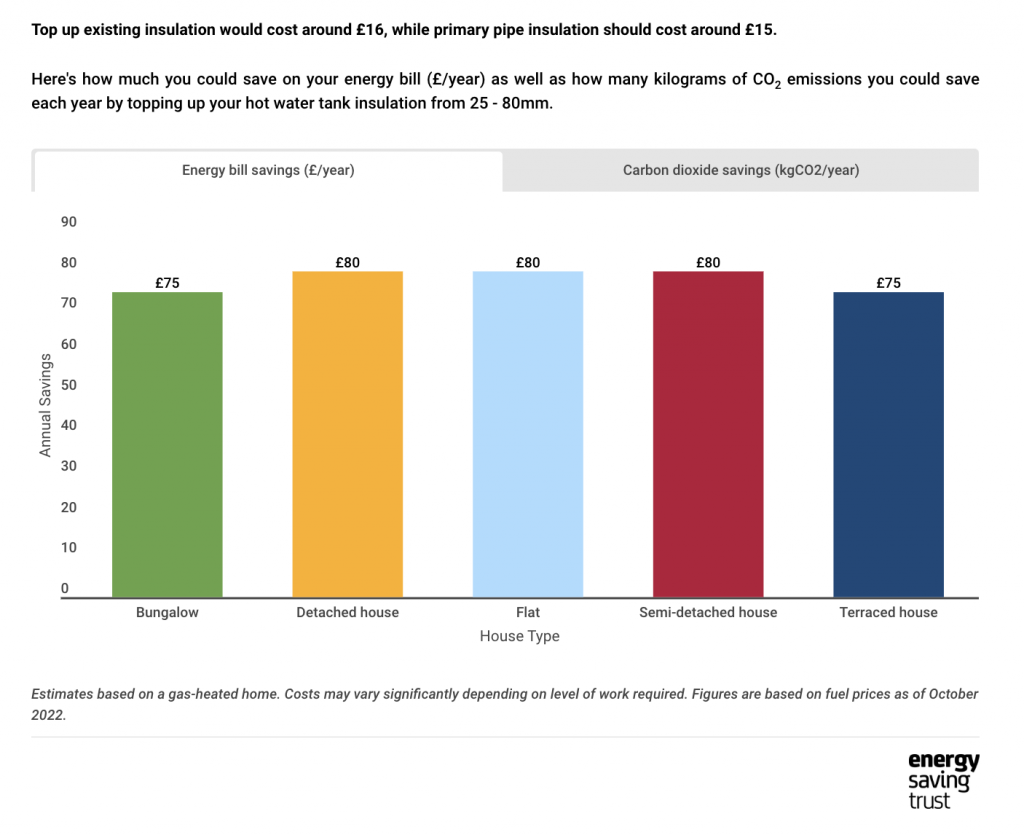
7. Swap to LED lights
As with every room in your home, swapping any old halogen bulbs with LED alternatives can make a noticeable difference to your energy bills by the end of the year. In fact, the Consumer Council estimates that swapping your bulbs to LEDs can save up to £15 per bulb. Multiply that across a home, including your bathroom, and you can see satisfying savings for the cost of investment.
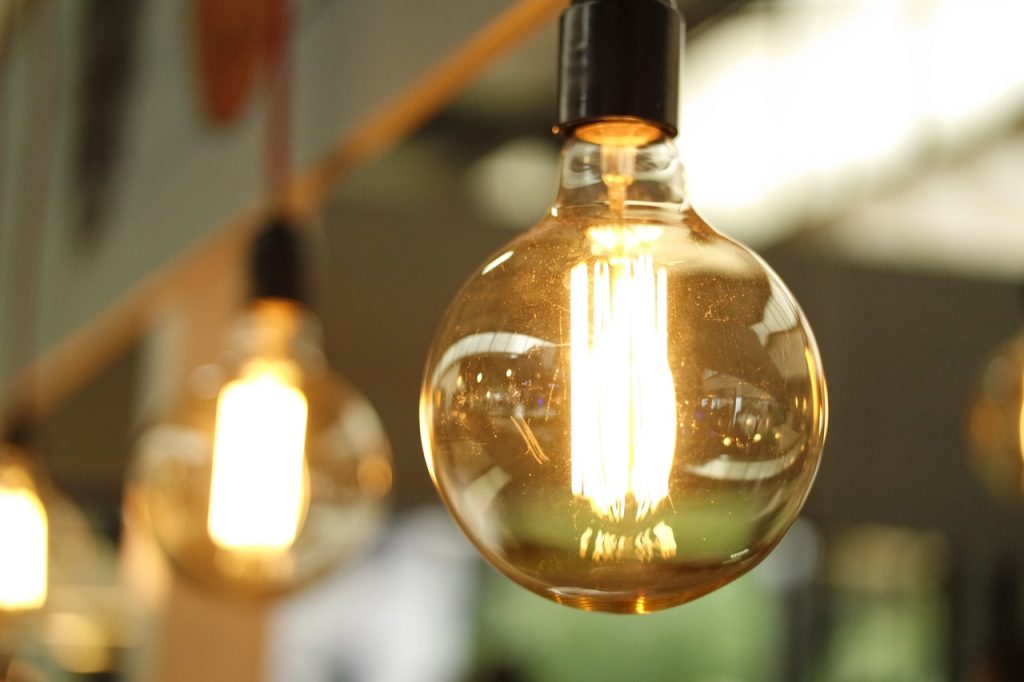
8. Air dry your hair
Sometimes, the best way to save a little energy is by returning to the old and the natural—such as allowing the air and a little time to dry your hair. The level of savings, as with any device, depends on the efficiency of your hairdryer. Low power, eco hairdryers, for instance, are already so efficient that your savings may only amount to £10 a year. However, if you have a high power hair dryer and a lot of hair to dry (thus lengthening the time of use) you could possibly save up to £30 by swapping to air drying. Even small changes like allowing your hair to dry a little while you do your makeup, get dressed, or do other tasks, and then finish with a final 2 minute blow dry can be a great option to maintain both your grooming habits and cut back on energy use.
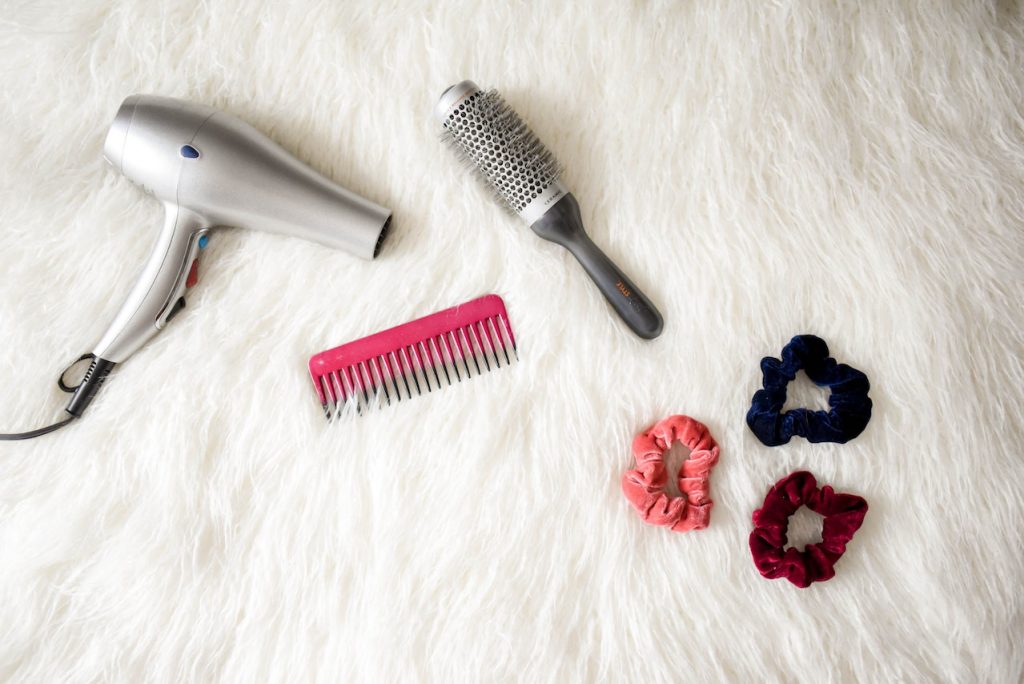
9. Review your energy deal
Switching energy deals is oftentimes the fastest and easiest way to make significant savings on your energy bill. Over the past 12 months, Power to Switch customers have saved, on average, £281 annually from their bills when they switched energy deals with us.

Switching should be a quick and easy process. With Power to Switch, you simply fill in a form with a few of your details, including any relevant energy information, and we’ll show you the deals and savings available to you. If you decide to go ahead with your switch, we’ll handle the rest—you don’t even have to contact your energy supplier. All can be done in the length of a bathroom break, or a mere fraction of your indulgent bath night.
Try it yourself today to see how much you could save.
Similar articles:
